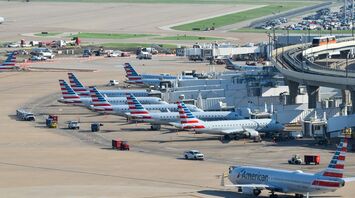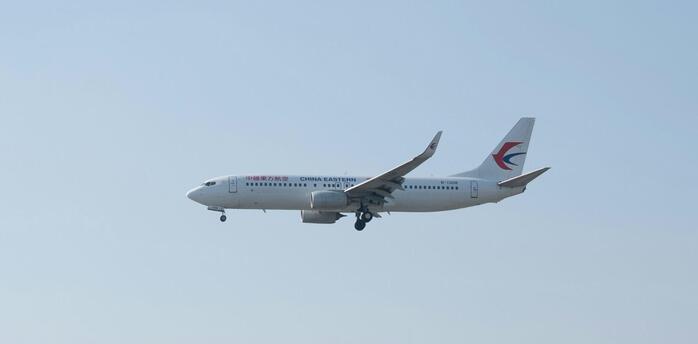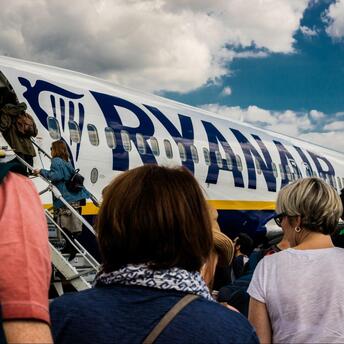Increasing Turbulence: Why Mandatory Seatbelt Use Might Not Be the Solution, Says Pilot

As incidents of turbulence become more frequent, the aviation industry is facing renewed scrutiny over passenger safety. A recent report highlighted a significant uptick in turbulence-related injuries, leading some to suggest that mandatory seatbelt use throughout flights could be the answer. However, a seasoned pilot has weighed in, arguing that while seatbelts are crucial, simply mandating their use might not address the underlying issues.
Turbulence, often caused by sudden changes in airflow, can occur unexpectedly during flights, even in clear skies. This phenomenon has been on the rise, likely due to climate change affecting weather patterns and jet streams. The Federal Aviation Administration (FAA) has recorded a notable increase in turbulence-related injuries, prompting discussions on how to enhance in-flight safety.
Some experts and passengers have advocated for stricter seatbelt regulations, including requiring passengers to remain buckled throughout the entire flight. While the idea may seem straightforward, Captain John Cox, an experienced airline pilot and aviation safety consultant, suggests that this approach, while beneficial, may not fully address the root of the problem.
Captain Cox emphasizes that turbulence is an inherent part of flying, and while pilots do their best to avoid it, complete avoidance is not always possible. The unpredictability of turbulence means that even with seatbelt signs on, passengers can still be caught off guard. He argues that a more effective approach would involve a combination of strategies, including improved weather forecasting, better communication between pilots and air traffic controllers, and continued advancements in aircraft technology.
Modern aircraft are equipped with sophisticated systems to detect turbulence, allowing pilots to make informed decisions about altitude changes or course adjustments. However, these systems are not foolproof, and sudden turbulence can still occur without warning. Captain Cox highlights the importance of passenger awareness and education, suggesting that travelers be more informed about the risks of turbulence and the importance of keeping seatbelts fastened whenever seated.
While mandating seatbelt use throughout flights could reduce the risk of injury during unexpected turbulence, Captain Cox points out potential downsides. For example, such a policy could lead to discomfort during long flights, especially for passengers who need to move around for medical reasons. Additionally, enforcing strict seatbelt rules might create challenges for cabin crew, who already manage a variety of safety protocols during flights.
Instead, Captain Cox advocates for a balanced approach that combines seatbelt use with other safety measures. He suggests that airlines continue to emphasize the importance of wearing seatbelts, especially when seated, but also invest in technology and training to better predict and manage turbulence. Moreover, he calls for ongoing research into how climate change is influencing turbulence patterns, which could lead to more effective strategies for avoiding it.



















